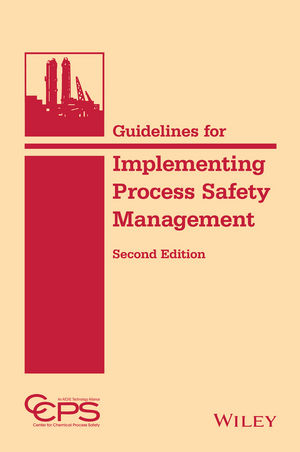 What do cashiers, assembly line workers and healthcare workers have in common? They work in occupations that have them standing for long periods of time, or working in hazardous areas, all which can take a toll on feet and increase the risk of foot injury.
What do cashiers, assembly line workers and healthcare workers have in common? They work in occupations that have them standing for long periods of time, or working in hazardous areas, all which can take a toll on feet and increase the risk of foot injury.
Feet can get hurt, punctured, crushed, sprained, and lacerated. A lack of attention to foot safety can also cause slips, trips and falls.
Feet don't just get hurt while in motion - they also can be injured when standing in one place for too long.
The human foot is designed for mobility. Continuous standing not only tires your feet but can cause the joints of foot bones to become misaligned. It can even cause inflammation that might later lead to rheumatism and arthritis.
Wearing the wrong footwear can cause blisters, calluses, corns, arthritis, toe malformations, fallen arches, bunions and other problems.
However, there are things you can do to reduce foot problems and injuries in the workplace such as keeping your feet healthy, and identifying relevant hazards. Start with these factors:
Job design
Tasks should incorporate varying body positions that use different muscles. Job rotation, job expansion and teamwork, as well as frequent short rest breaks, can all help reduce the toll on your feet.
Workplace design
A workstation should allow you room to change body position. A foot-rail or footrest allows you to shift from one leg to the other when standing and reduces stress on the lower legs. Where possible, a worker should be able to work sitting or standing at will. And even when work can only be done while standing, a seat should be provided for resting purposes.
Standing surface
An unyielding floor, such as concrete, has the impact of a hammer on the feet when stepped on. Any other type of floor is preferable - wood, cork, carpeting, or rubber. As a last resort, anti-fatigue matting provides cushioning that reduces foot fatigue, but should be used with caution.
Footwear
When choosing footwear, look for the following qualities:
●inner side of the shoe must be straight from the heel to the end of the big toe
●shoe must grip the heel firmly
●must be roomy enough for the toes to move freely
●must have a fastening across the instep to prevent the foot from slipping when walking
●must have a low, wide-based heel; flat shoes are recommended must fit properly as it may not stretch
●shock-absorbing insoles to help cushion the foot from impact
For workers exposed to foot hazards, protective footwear is essential to ensure safe and healthy feet. Safety shoes and boots protect your feet, help prevent injuries to them, and reduce the severity of injuries that do occur in the workplace.
Foot care
Feet are subject to a great variety of skin and toenail disorders. You can avoid many of them by following simple rules of foot care:
●Wash your feet daily with soap and dry them thoroughly, especially between the toes.
●Trim toenails straight across and not too short. Do not cut into the corners.
●Check your feet frequently for corns, calluses, and cracks.
●Wear clean socks or stockings and change them daily.
●Some feet sweat more than others and are more prone to athlete's foot.
Again, following a few simple guidelines may help:
●Select shoes made of leather or canvas, not synthetic materials.
●Keep several pairs of shoes on hand and rotate shoes daily to allow them to air out.
●For some workers, non-colored woollen or cotton socks may be recommended since dyes may cause or aggravate skin allergies.
●Use foot powder.
●If problems persist, see a doctor or health care specialist.
In cases of persisting ingrown toenails, calluses, corns, fungal infection and more serious conditions such as flat feet and arthritis, see a doctor and follow the doctor's advice.
More information
Foot Comfort and Safety at Work, OSH Answers fact sheet, CCOHS
Safety Footwear, OSH Answers fact sheet, CCOHS
Foot Health, Canadian Podiatric Medical Association
Source: Canadian Centre for Occupational Health and Safety www.ccohs.ca


